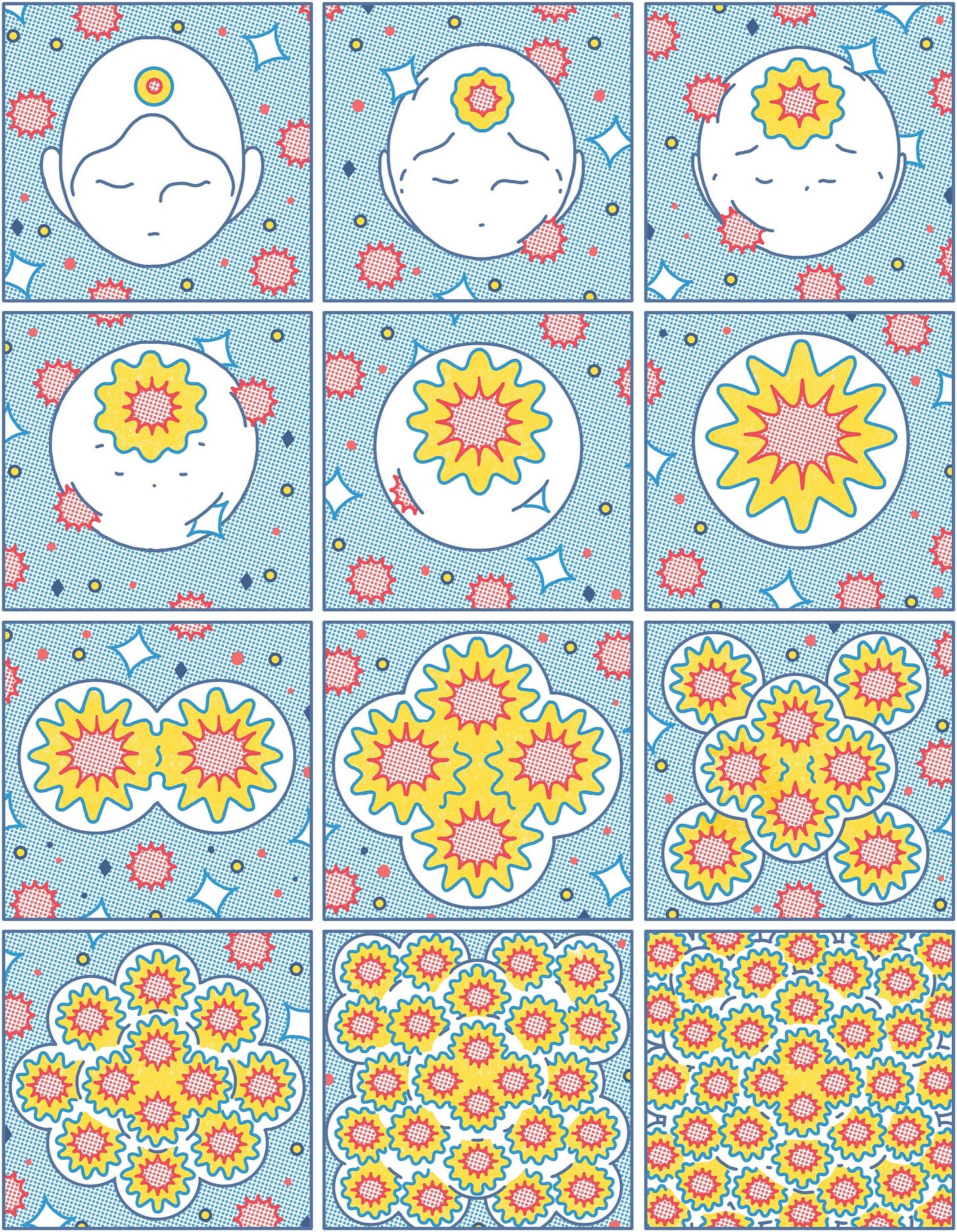Links #2: Favorite Reads from Last Week
The mystery of carcinogens, Canada's failing healthcare system, and some notes on craft
I’m currently in Puerto Vallarta, Mexico, and just finished my first ocean scuba dive yesterday. I’m writing up a post going over the experience of working towards my PADI Open Diver certification: the extensive and thorough e-learning course, the effort of donning the equipment and practicing in a hotel swimming pool, the absurdity of breathing comfortably underwater, and the even-greater absurdity of gliding across the ocean floor, watching turtles, puffer fish, octopuses, corals, and hundreds of other ocean creatures with my own two eyes rather than on a TV screen.
But, until then, here’s week 2 of my favourite reads from last week:
1. All the Carcinogens We Cannot See
by Siddhartha Mukherjee
Mukherjee, as usual, does a fantastic job of explaining the mysteries of cancer, and the current detective work being done to uncover their elusive ways. This article looks into an important question — what’s causing the rise of cancer rates in young people — from the perspective of carcinogens, their history, how they’re detected, how they might escape detection, and how researchers are growing their understanding of this complex issue.
It was a little unnerving to learn how little we have uncovered about carcinogens. I read this while I was in California, and every shop you enter seems to have a warning sign somewhere in it, stating that this or that substance may or may not be a carcinogen and so be careful. It’s peppered in so many places that its warning seems to have lost meaning, as if I’m supposed to hold back on my coffee or sandwich because they may have some carcinogenic elements. But, after reading this, even that seems like an under-representation.
The Ames test, which is what’s used to test whether a substance is carcinogenic or not, measures mutagenicity (the ability to cause mutations in cells). But, as this article dives into, that measurement is not comprehensive (which was known back when it was created in the 1970s as well). Carcinogens sometimes only infect in pairs: one being the “promoter”, prepping the environment (like causing inflammation, for example) so that another agent can come in and develop tumors. Reverse the order, and there are no tumors. One example of this promoter-executor (I made up the term executor) is DMBA and croton oil. DMBA, a known carcinogen, primes the cell, and when croton oil is then applied, tumors develop. By itself, croton oil doesn’t cause tumors, and passes the Ames test because its not mutagenic. Only when combined does it cause issues.
This begs the question: how many more combinations are there out there that can cause cancer. With air pollution, for example, how much higher is the risk if we looked at it through the lens of this promoter-executor model, versus just testing the effect of a single substance on cells? What if, as Mukherjee puts it, “there’s a universe of promoters” out there? (He looks into ongoing research answering this question too).
Scary, but very interesting. I wonder, with this multivariate statistical problem, can AI play a role in finding problematic promoters in this universe?

2. Private Health Care Is Here
by Christina Frangou
For years, I would constantly read about the failing healthcare system in Canada, where I live. The headlines were incessant: people getting sent back from the ER after waiting long hours, year(s)-long waits for surgeries and specialist appointments, citizens going abroad for medical procedures, shortage of prescription drugs, and so on. A few months ago I got interested in why this is happening: how did a country, known worldwide for its world-class, equitable healthcare system, let it all fall apart? I read a few stories, took a few notes, but didn’t dive too deep.
Last week I suddenly found myself interested in this topic again and this time, decided to look into it a little more. I searched for some recent articles that explained the problem, and found this one by Christina Frangou to have a good mix of history, legislation, economics, and personal stories, all wrapped to explain one result of a failing public healthcare system: people venturing to private options. Combined with a few other Maclean’s articles, I learned a bit more about the confusing half-federal, half-provincial system, the legislative loophole that allows private practices, the horrifying work environment for nurses, the shortage of nurses and family doctors, and Canada’s lack of emergency medical supplies and loss of domestic production of pharmaceuticals.
Most of the articles I’ve read do a great job of reporting problems and publicizing medical horror stories, but they generally don’t provide a list of potential solutions and how it might be implemented, except for the catch-all “more investment” (I also probably need to look more into this). I think a useful way of looking at this is to list out what health outcomes would be ideal for Canada: what features do we want (fast access to diagnostics, more family doctors, short/no wait times, etc.), and then work backwards to how to we fix, modify, create, re-create, or purge facets of the system to move towards this ideal. Essentially, an answer to the question: What does the best public healthcare system look like?
This is a really, really hard question to answer. It will involve federal and provincial politics, legislation, finance, labor markets, investment, technology, supply chain, R&D, culture and behaviour, and probably more. But I want to take a crack at it in a future essay.

3. Notes on Craft
by Greg Jackson
Greg Jackson does a great job putting into words a feeling that’s really difficult to express clearly: the foggy gap between recognizing craft and being able to create or develop your own. I find, like many others I presume, that I can recognize great writing, the way it makes me feel, but when I try to write something of my own, even when I try to mimic, it doesn’t have nearly the same effect. Understanding an element of craft in principle, even seeing it executed in practice, offers scant guidance to its artful application.
So how do you go from seeing craft to executing in practice? Jackson echoes a lot of the things I read in Anne Lamott’s incredible book, Bird by Bird: be vulnerable, watch what grabs your attention and what doesn’t, let your biases “amalgamate into your style”, don’t be afraid of failure (critique your work, constantly re-work or rewrite stuff if it’s not good enough). Great tips that they are, they’re incredibly hard to put into practice. But again, craft takes time.


